So you bought a new camera and are excited to bring it on your next trip. But buying a camera body is the easy part. The hard question is: “Which lens(es) should I get?” Unfortunately, there isn’t a simple answer. However, by thinking through your preferred style of photography and type of trips you like to take, we can help you narrow down your choices and help you choose the best lens for your travels.
In this guide, we’ll mostly focus on focal lengths (see what we did there?) Whether you shoot with a Sony (like us), Nikon, Canon, or any other brand, we’ll stay general enough so our tips are applicable to any camera.
PRIMES VS. ZOOMS
Before we begin, be sure you know the difference between prime lenses and zoom lenses. Zooms, as their name implies, offer a range of focal lengths so that from one position, you can zoom in or out to get the shot you want. The obvious advantage is the flexibility available with just one lens.
Prime lenses on the other hand have a fixed focal length. You cannot zoom in or out without physically moving closer or further away from your subject. So why would you want to consider a prime lens? After all, it seems pretty limiting and less bang for your buck. Well, it’s because primes excel at the focal length they were created for and generally have better image quality.
They also typically have larger apertures like 1.8, 1.4, or even 1.2. Why is having a larger aperture (a.k.a. a “fast” lens) beneficial? Larger apertures let more light in, which can help in low-light situations. They allow you to use a faster shutter speed (allows you to freeze the action more / less blur) or a lower ISO (higher ISO values make your photos more grainy or “noisy”). Large apertures also have lower depths of field, giving your photos that nice blurred background (or “bokeh”) behind the subject.
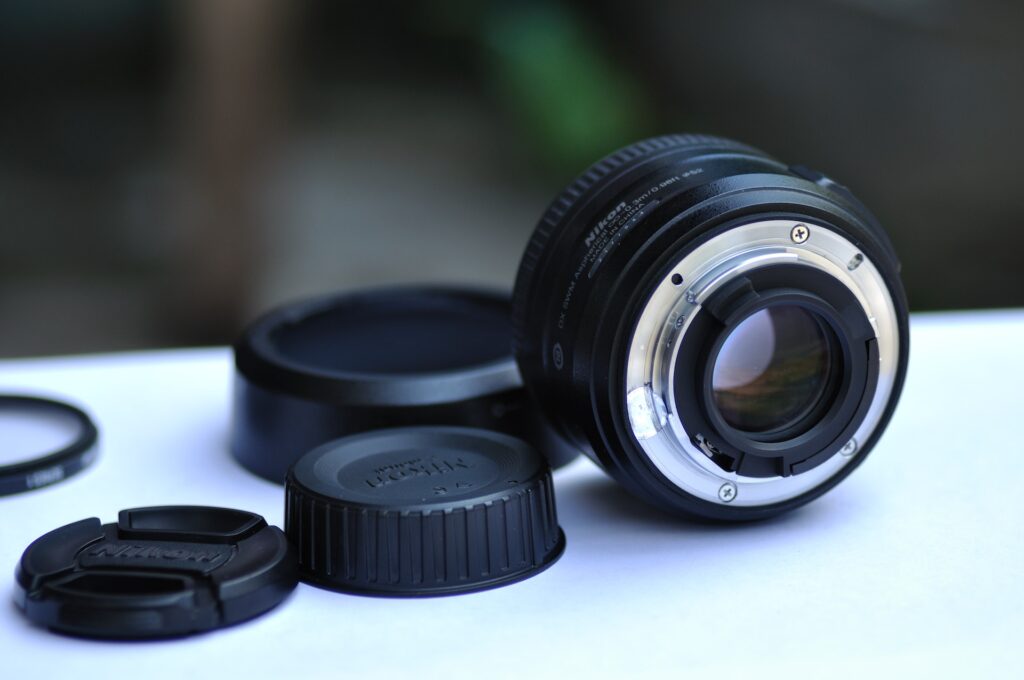
We’re not here to tell you that one type of lens is better than the other. Everyone has different preferences, styles, and budgets. What’s most important is that you have fun and practice with whatever lens you have!
OUR PICK FOR BEST TRAVEL LENS
If we had to choose just one lens for travel, our pick would be a 35mm prime for a full-frame camera. (If you have a crop sensor camera, the equivalent would be a 24mm.)
We think 35mm is a perfect travel lens because it is super versatile. It can easily handle street photography. It is wide enough to do landscapes or vast interiors like a church. Yet it is intimate enough to do portrait shots as well, especially if you get a 35mm with a large aperture like 1.8 or larger. When you’re traveling, you generally want your pictures to be wide enough to show the surroundings as well as the person you are photographing, which the 35 mm excels at. Also, as a prime, it will help you think about composition since you have to physically move to get the shot you want.
As stated above, a large aperture will also help in low-light situations, such as theme park dark rides, restaurants, and nighttime.

BUT WHAT IF I WANT A ZOOM?
However, in certain situations, a zoom might come in handy. Maybe you just want to have a convenient option without having to switch lenses. Whether it’s because you’re in a fast-paced environment or your family doesn’t want to wait, having a zoom can help you quickly get the photos you want. For travel, a zoom lens that covers wide angels to a modest telephoto is your best bet. A common lens in this range is the 24-70 mm. This allows you to get those wide landscape shots as well as being able to zoom in on some distant objects.
Do note the aperture when you buy a zoom. With some zooms, the maximum aperture decreases as you increase your focal length. An example would be an aperture range listed as f/3.5-5.6. We recommend buying a zoom lens with a constant aperture if possible. A zoom lens with an aperture of f/2.8 should help some with low-light situations and lower depths of field.
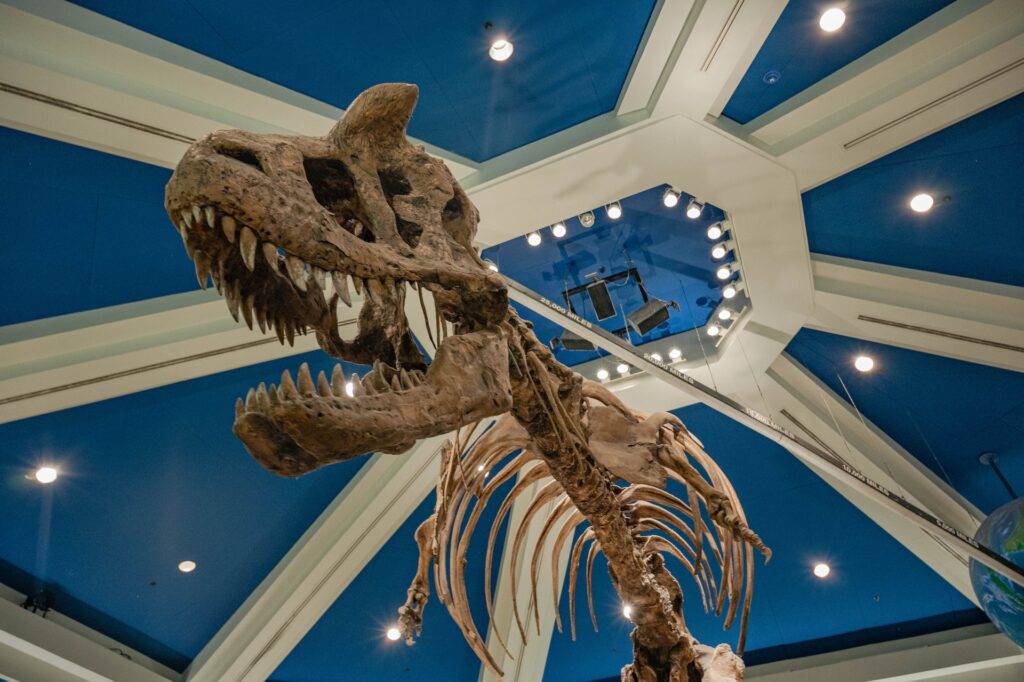
OTHER GREAT OPTIONS
Of course, if you have a niche that you know you’ll be focusing in on your travels, other lenses may be the best choice for you.
Are you going to be just shooting landscapes? Then go wide! Lenses like a 24mm prime or a 16-35mm zoom could be just what you need.
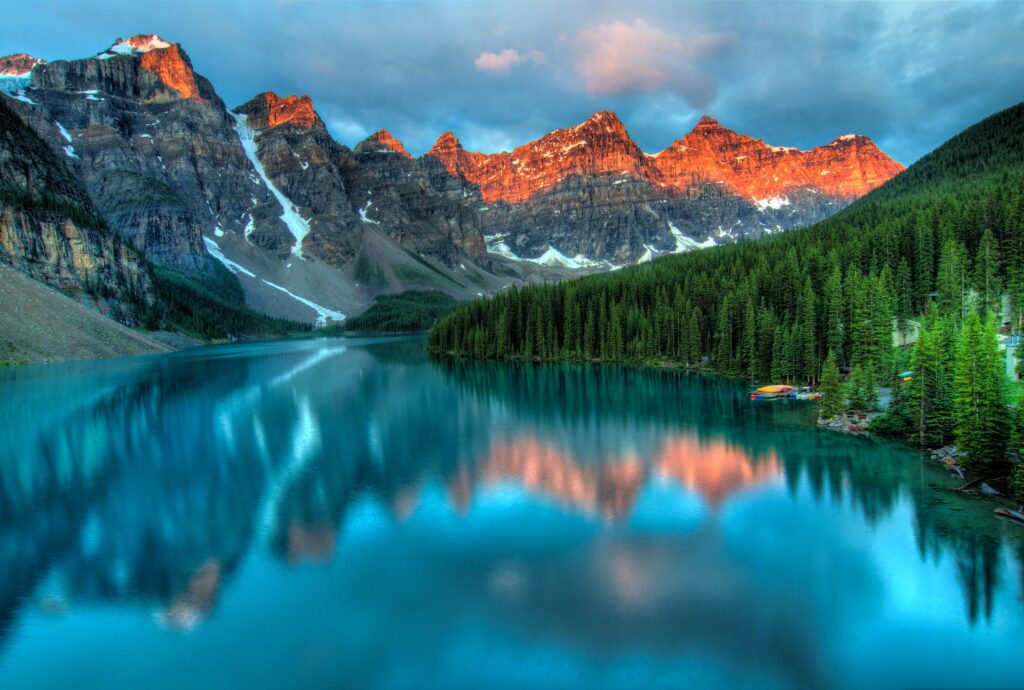
Interested in shooting more portrait-style photography? What you need is a longer focal length with a wide aperture. Look for an 85mm prime lens with an aperture of f1.8 or larger.
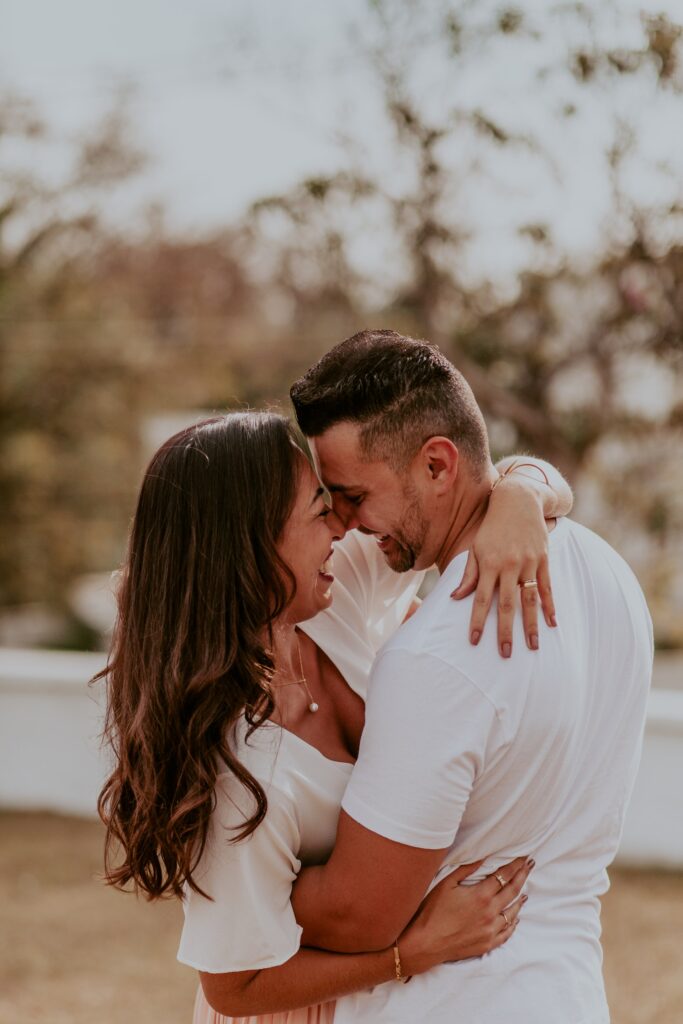
Will you be taking pictures of wildlife? Whether you are birding or on an African safari, you’ll need a long telephoto lens. 300mm would be a good length in this case, and a zoom would give you some additional flexibility.
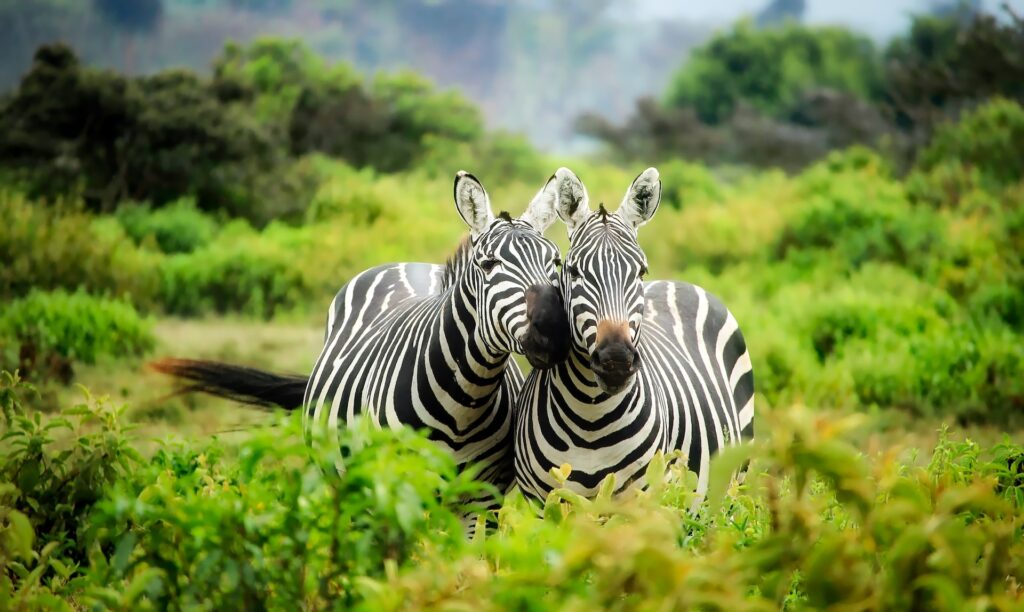
LET'S GO SHOOT SOME PHOTOS!
Overall, the best lens is the one you have. Kit lenses sometimes get a bad rep, but they’re a great starting point. See what focal length you end up shooting with the most on your kit lens to figure out what lens makes the most sense for you to purchase next. Of course, like we say above, you can’t go wrong with a 35mm prime!
Taking photos can be a fun part of traveling, and we hope this post helps you find the best lens for your next trip. If you have any additional questions on lenses, let us know in the comments below. Thanks for reading, and be sure to check out our post explaining the 3 Things to Learn to Take Better Travel Photos.
